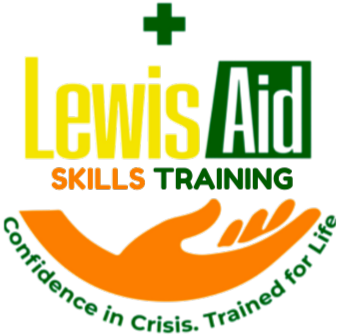Why Manual Handling Training Matters
Manual handling refers to any activity requiring the use of force to lift, move, push, pull, carry, or hold objects. Without proper techniques, these actions can lead to serious injuries like sprains, strains, and long-term musculoskeletal disorders (MSDs). According to Safe Work Australia, manual handling injuries are one of the most common causes of workplace injury claims—making it not just a health issue, but a financial and legal concern for businesses.
Every workplace has its hazards—from lifting heavy boxes in a warehouse to adjusting office furniture in a corporate setting. Unfortunately, many Australians suffer preventable injuries simply because they haven’t received the right training. Would you know how to safely lift a heavy object without straining your back? Could your team avoid injury during a sudden, high-pressure task?
This is where manual handling training becomes crucial.
Benefits of a Manual Handling Course
1. Injury Prevention:
The most obvious and critical benefit is reducing the risk of injury. A structured manual handling course teaches safe movement techniques, the importance of posture, and how to assess risk before performing tasks.
2. Legal Compliance:
Under the Model Work Health and Safety (WHS) laws, Australian employers are legally required to provide safe work environments. This includes ensuring workers are properly trained to perform manual tasks safely. A manual handling course helps businesses meet these obligations.
3. Improved Productivity:
Injuries often lead to downtime, staff shortages, and disrupted workflows. When workers know how to perform their duties safely, they are more confident, efficient, and productive.
4. Safer Work Culture:
Regular training fosters a proactive safety culture where staff are more aware of potential risks and feel empowered to address them.
What You’ll Learn
A typical manual handling course includes:
Understanding the anatomy of injury (especially back and joint injuries)
Risk assessment techniques
Proper lifting, pushing, pulling, and carrying techniques
How to use mechanical aids and equipment safely
Posture and stretching exercises to maintain musculoskeletal health
Who Should Attend?
Manual handling training isn’t just for warehouse workers. It’s essential for anyone whose job involves physical tasks—including aged care workers, nurses, cleaners, office staff, construction workers, and delivery personnel.
Final Thoughts
Whether you're a worker, manager, or business owner, investing in manual handling training is a practical way to protect yourself and your team from injury. After all, the cost of one injury could far outweigh the investment in training.
For a comprehensive understanding of manual handling techniques and to ensure you're workplace-ready, enrol in a course with an Allens Training Provider today. Visit www.lewisaid.com.au to enrol.
